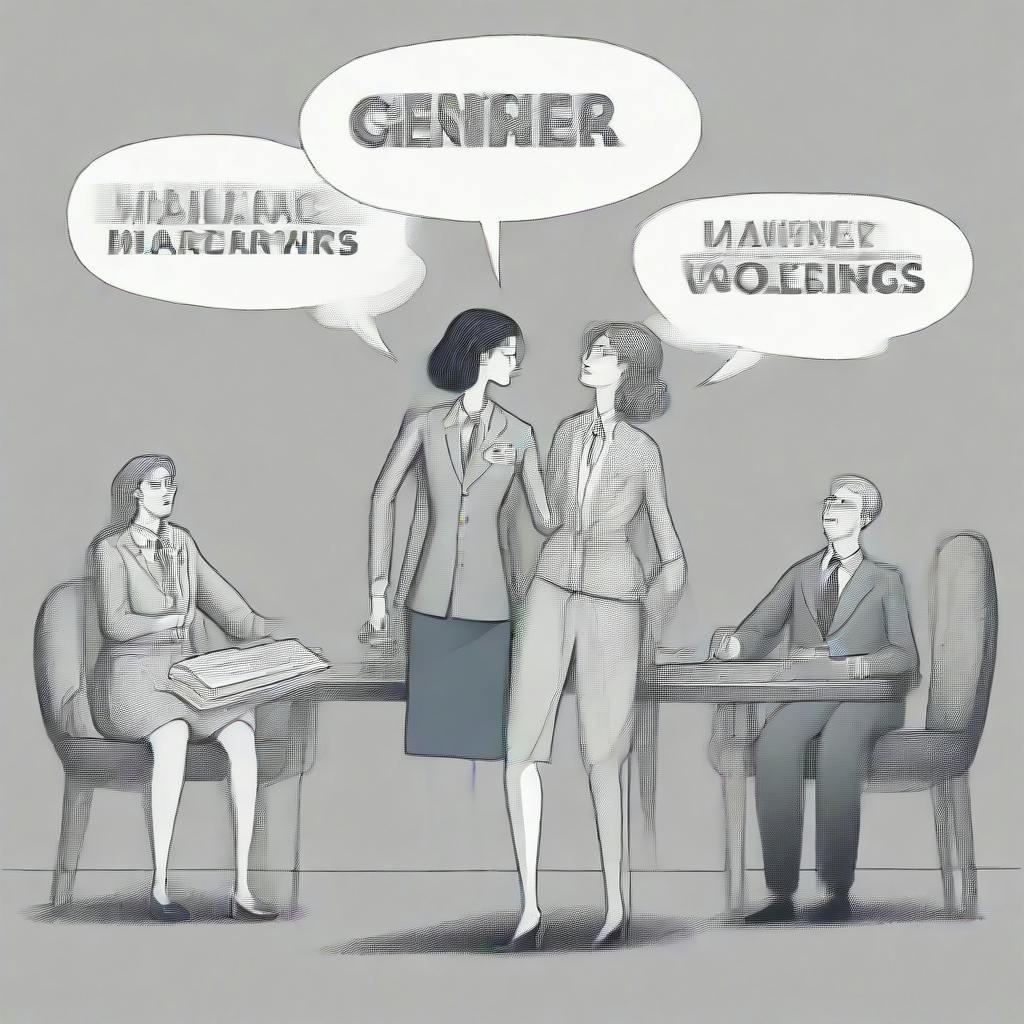This paper is available on arxiv under CC BY-NC-ND 4.0 DEED license.
Authors:
(1) Brisha Jain, Independent researcher India and [email protected];
(2) Mainack Mondal, IIT Kharagpur India and [email protected].
Table of Links
- Abstract and Intro
- Related Work
- Data Collection
- Analysis Methodology
- Results
- Limitations
- Concluding Discussion
- References
2. RELATED WORK
Gender bias in Indian society is well documented both in social and professional settings. Women face discrimination and harassment in Indian corporations [20]. Stereotypical attitudes towards women lead to bias in the Indian judicial system [5]. This bias is so firmly entrenched in societal attitudes towards women that popular cinema (colloquially referred to as Bollywood) panders to and amplifies these biases [14]. Naturally, these attitudes have also spilled over to the political domain. Female politicians face structural bias due to their gender and their path to power is distinct and more challenging than their male peers [24]. Indian journalists are also not immune to social conditioning based on gender. Research shows that Indian journalists who are made aware of their subconscious bias against women behave differently on issues related to women compared to a control group of journalists who receive no such training [24]. Given the outsized role that politics plays in shaping societal mores and the influence of journalists in creating political narratives in a democracy like India, it becomes critical to examine the impact of gender bias in journalists against female politicians. This paper tries to examine this question in detail using data from interactions between journalists and politicians on Twitter.
Extensive research has examined the interaction dynamics between politicians and journalists in various contexts [1, 2, 4, 7, 8, 10, 12]. However, there has been a notable lack of analysis through the lens of Indian demographics. Twitter has become a pivotal platform for political discourse and news dissemination in India, making it essential to understand how politicians and journalists interact on this digital medium. Politicians and journalists on Twitter have the potential to shape public discourse and influence opinion in real-time, making it imperative to investigate their behavior in this digital space. Furthermore, addressing questions of gender bias in interaction frequency and content is crucial, as gender disparities in online political communication can have lasting implications for gender equality in Indian politics and journalism.
Although research has illuminated the behavior of politicians and journalists in individualistic societies (e.g., in global north), little attention has been given to understanding how collectivist societies, such as India, navigate these online spaces. Investigating the interaction frequencies and content between Indian politicians and journalists on Twitter from a gender perspective can help fill this gap and contribute to a more comprehensive understanding of the cultural nuances and gender dynamics at play in collectivist societies in the digital age.
This paper brings together several strands of the literature. Research shows that gender bias is widespread on social media, especially Twitter. Responses to tweets by female politicians are more likely to focus on their gender attributes than their professional and political acumen [18]. Researchers have also found the prevalence of gender stereotypes in two-way conversations between voters and politicians on Twitter [9, 10, 17, 27]. These issues are compounded by the fact that women are structurally underrepresented in social media [11, 27]. In general female users suffer in their reach on Twitter because they have fewer followers and are retweeted less compared to men, which is investigated by Matias et al. by a nudge-based system called FollowBias [16]. However, this work does nor look into popular users, i.e., female politicians who are in a significantly more prominent position than a general female Twitter user—we fill this gap. In earlier work on global north, the behavior of journalists on Twitter also seems to be divided on the lines of gender. Female political journalists interact more with other women on Twitter [26] and their behavior is different from that of male journalists [13, 21]. In contrary, we show that in Indian Twitter both male and female journalists interacted more with male politicians compared to female politicians.
Summary: Previous studies have shed light on gender bias in Twitter against female politicians and the divergence in the behavior of male and female journalists on Twitter. Howevere there is a gap in our understanding of gender bias in journalist-politician interaction in Indian Twitter. Specifically, we do not know if journalists promote or combat gender bias against politicians on Twitter. This paper attempts to fill this gap in the literature by specifically studying the tweets of journalists directed at the most popular male and female Indian politicians for gender bias.

